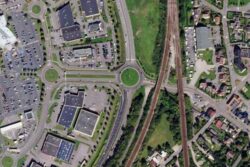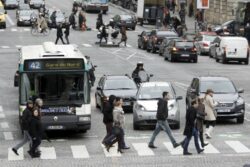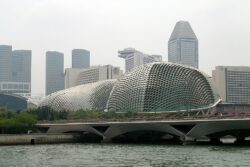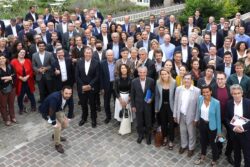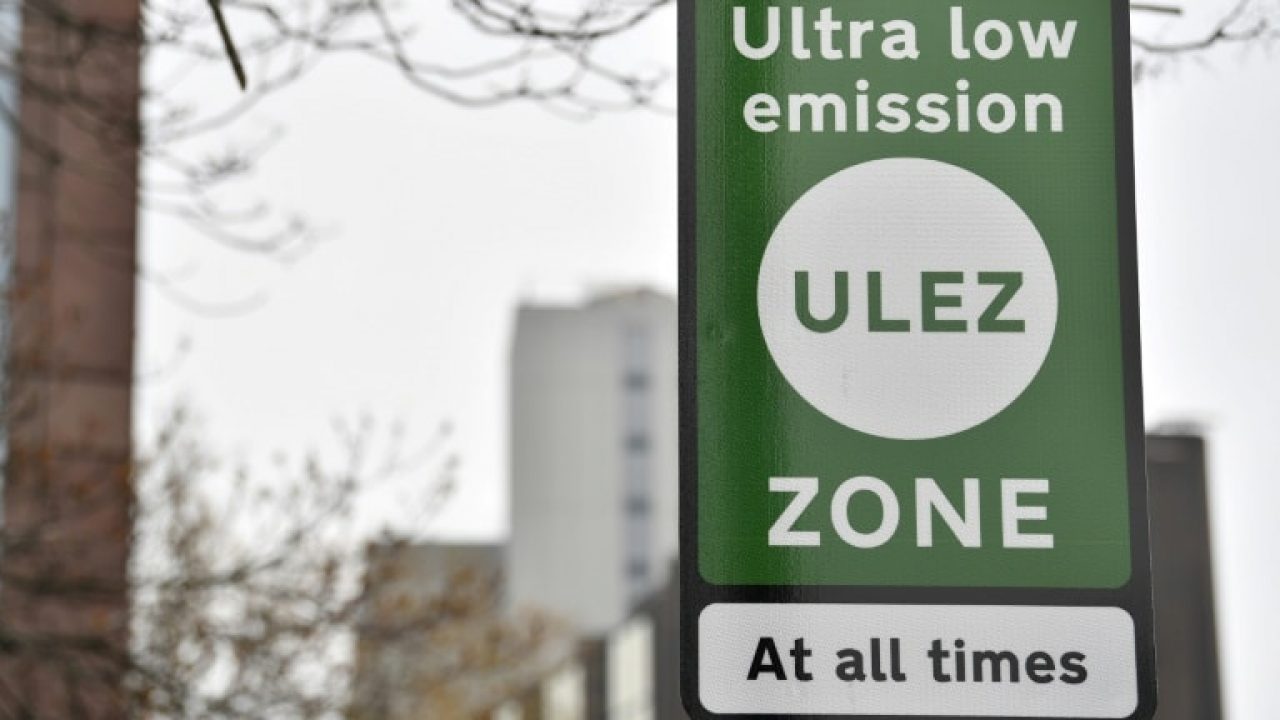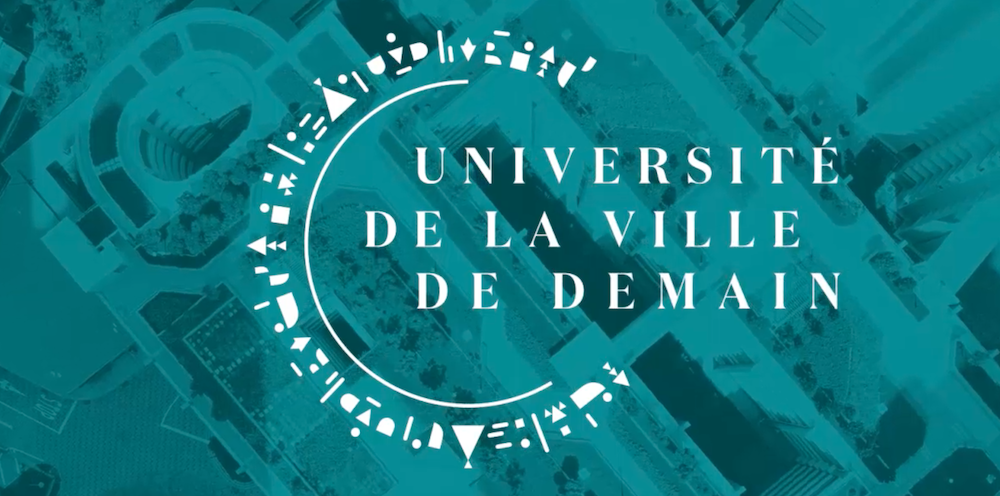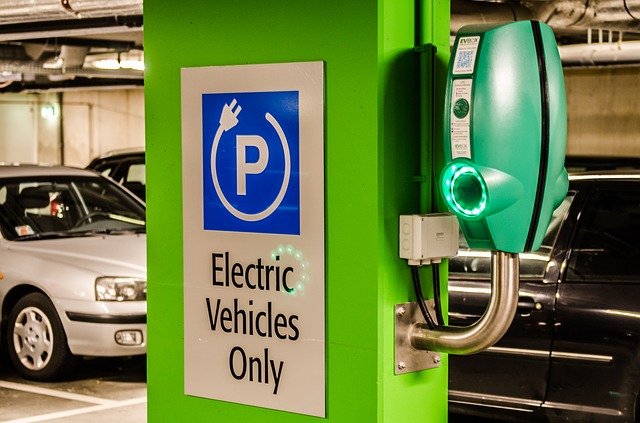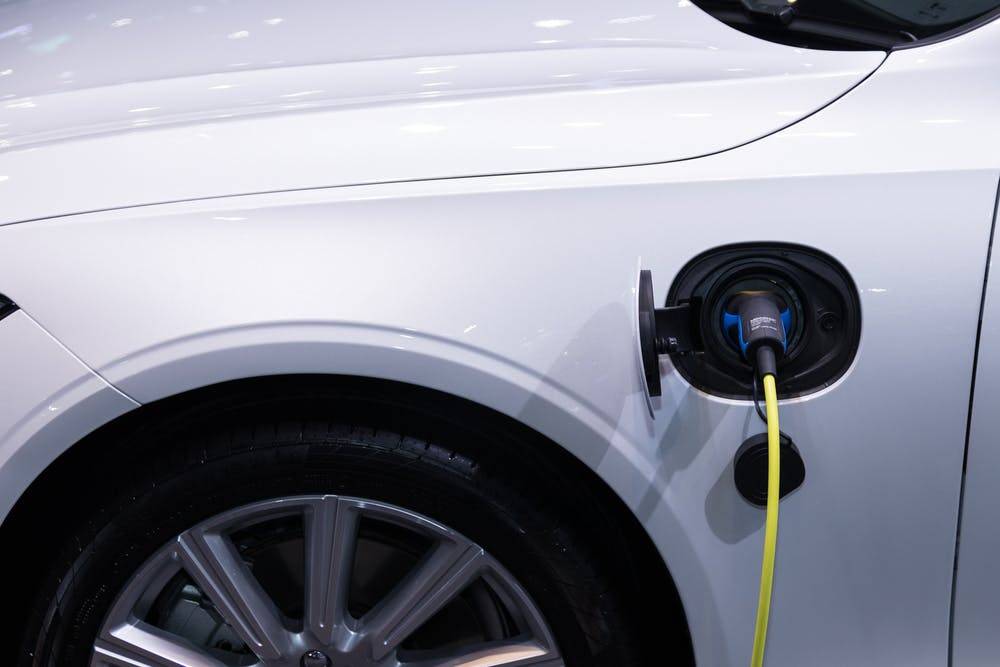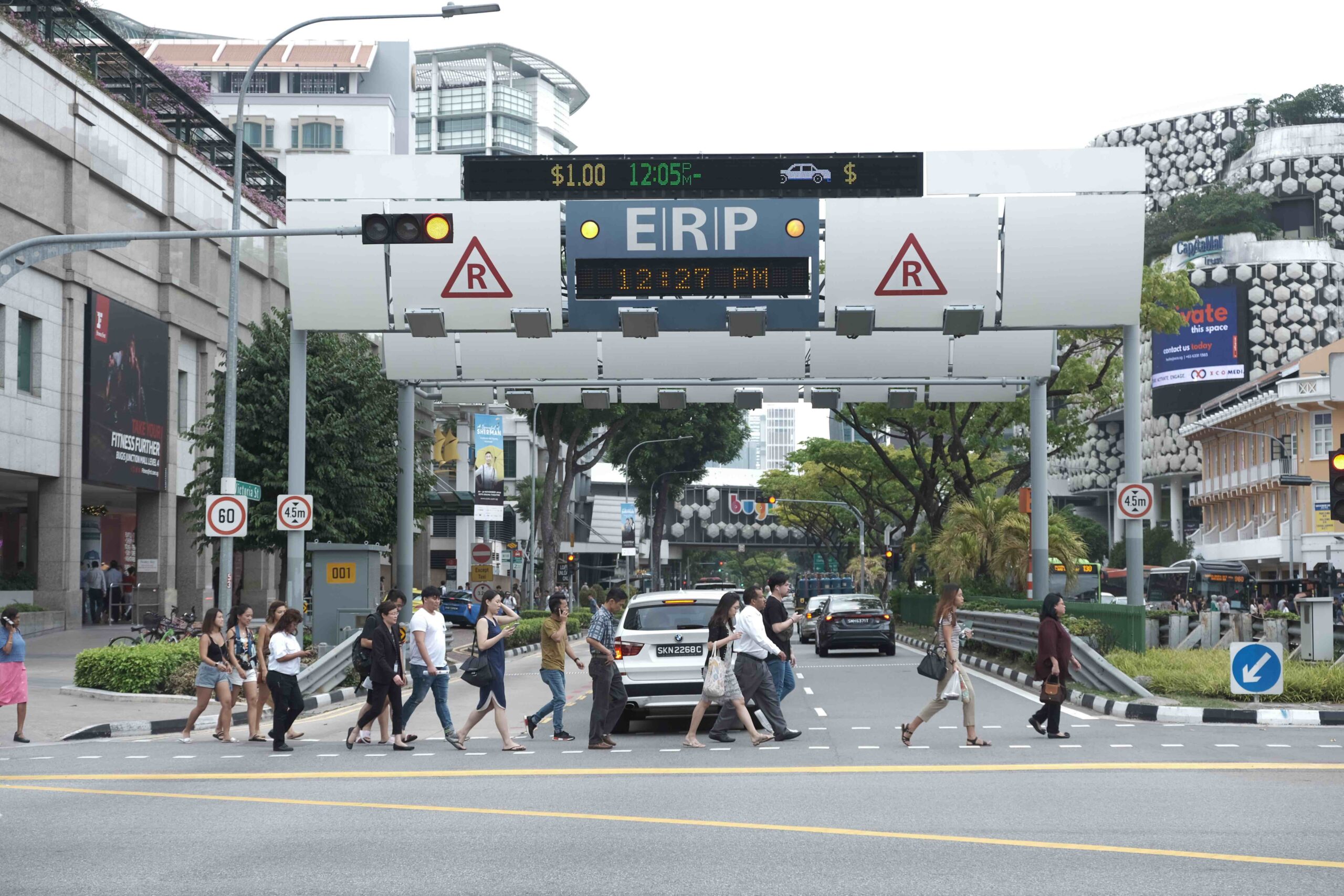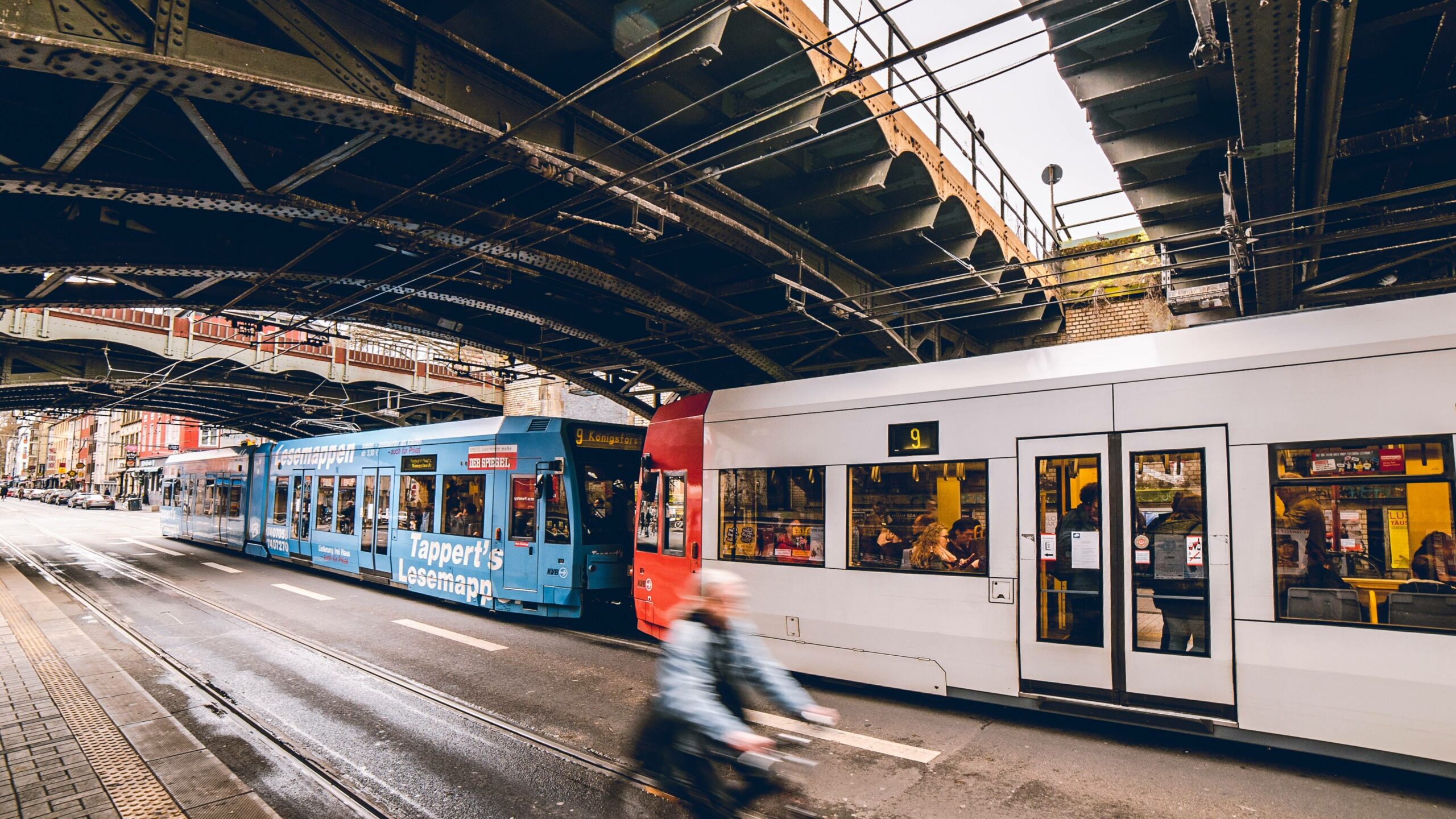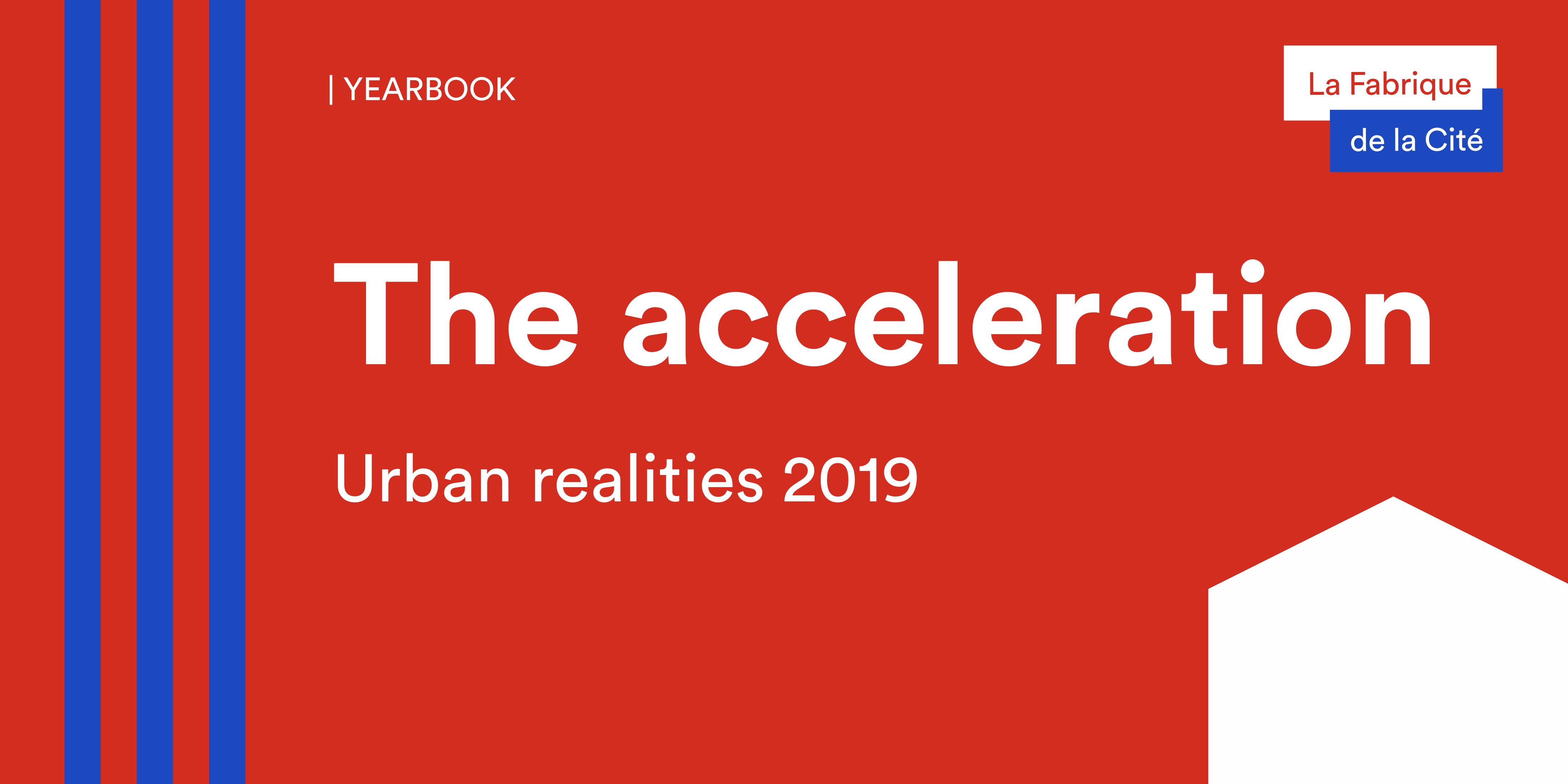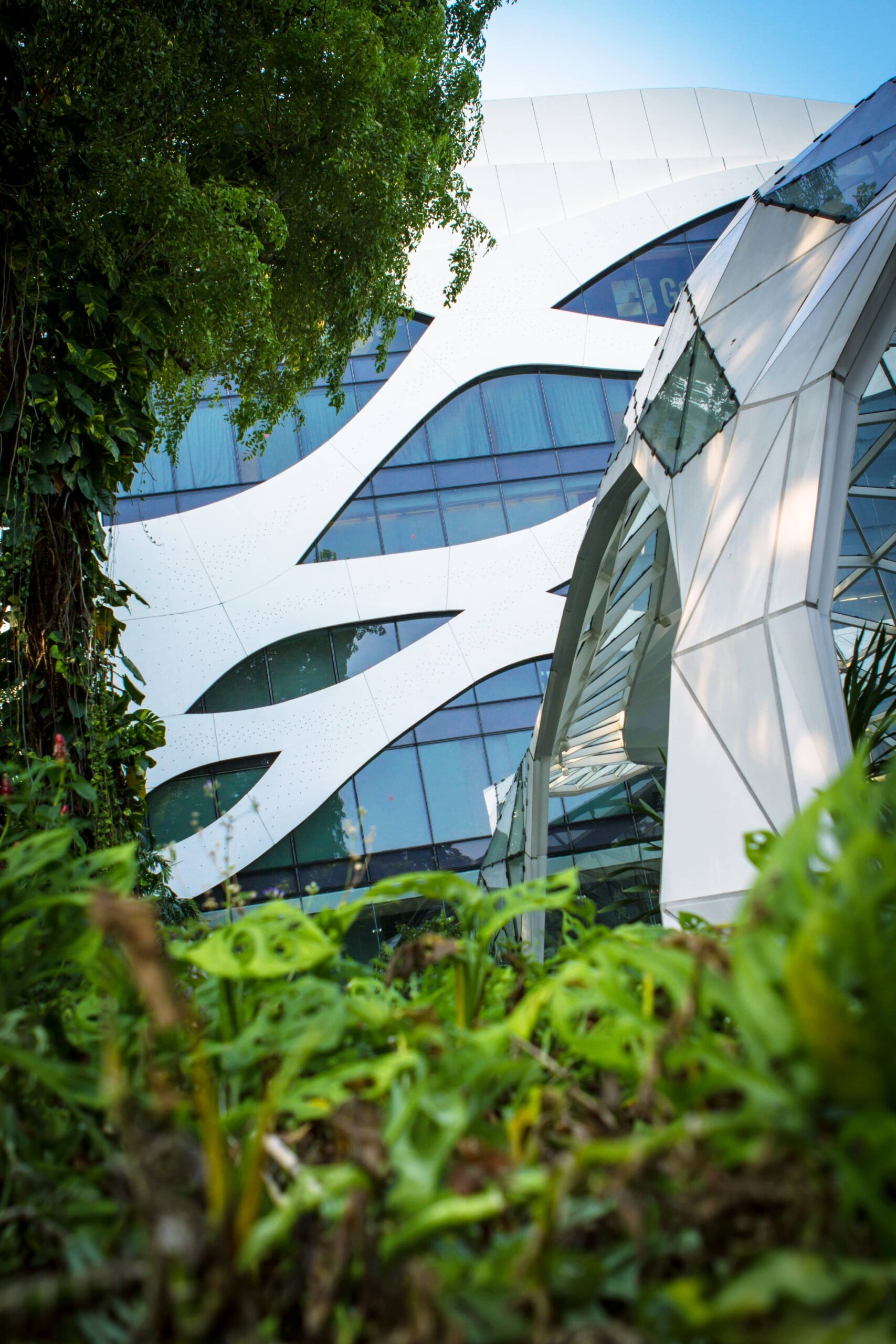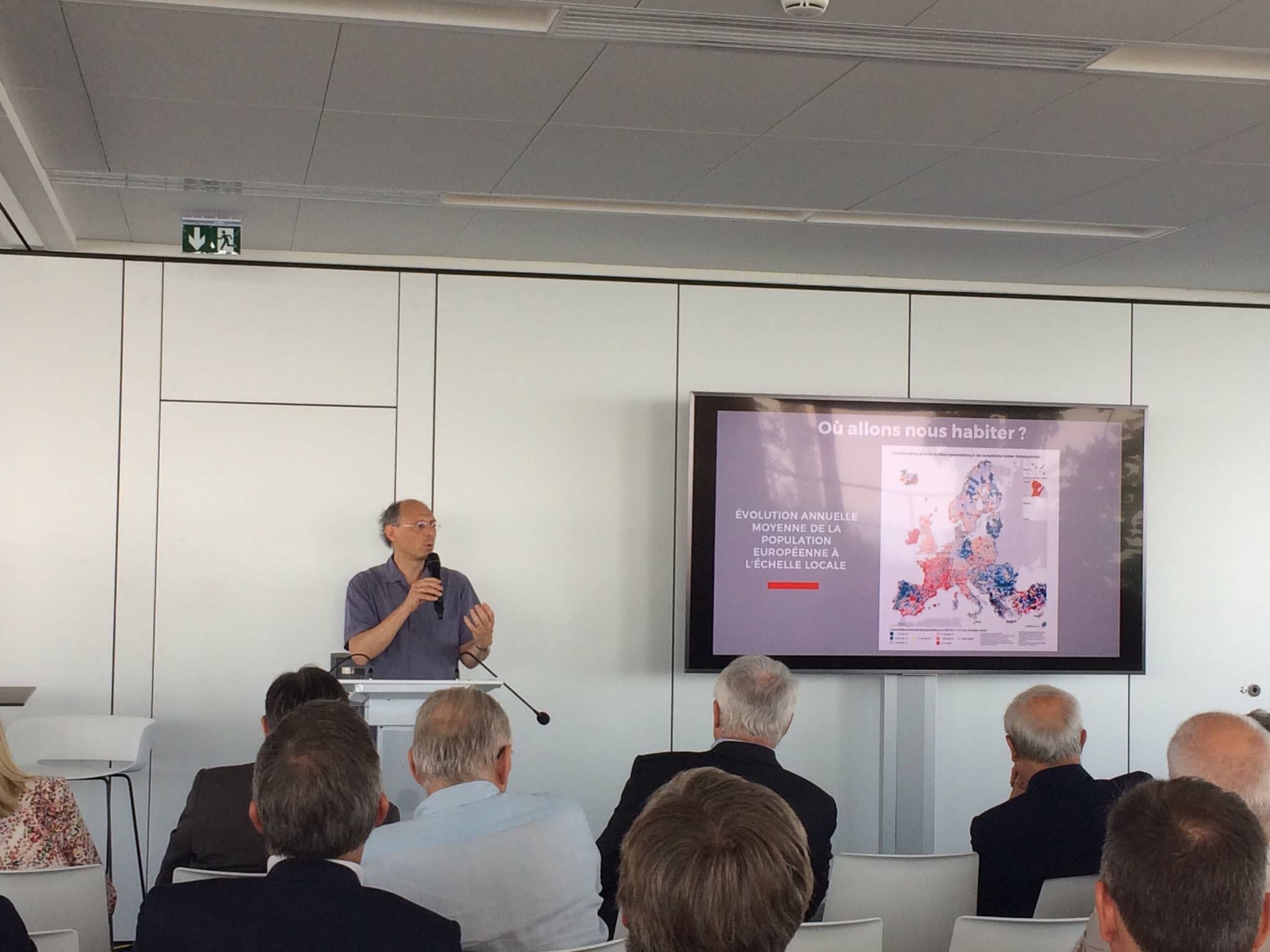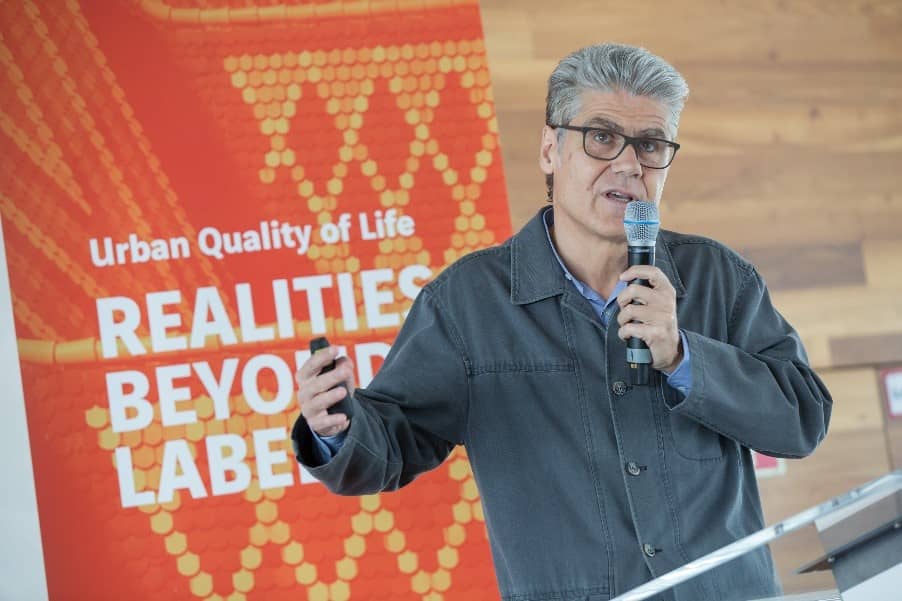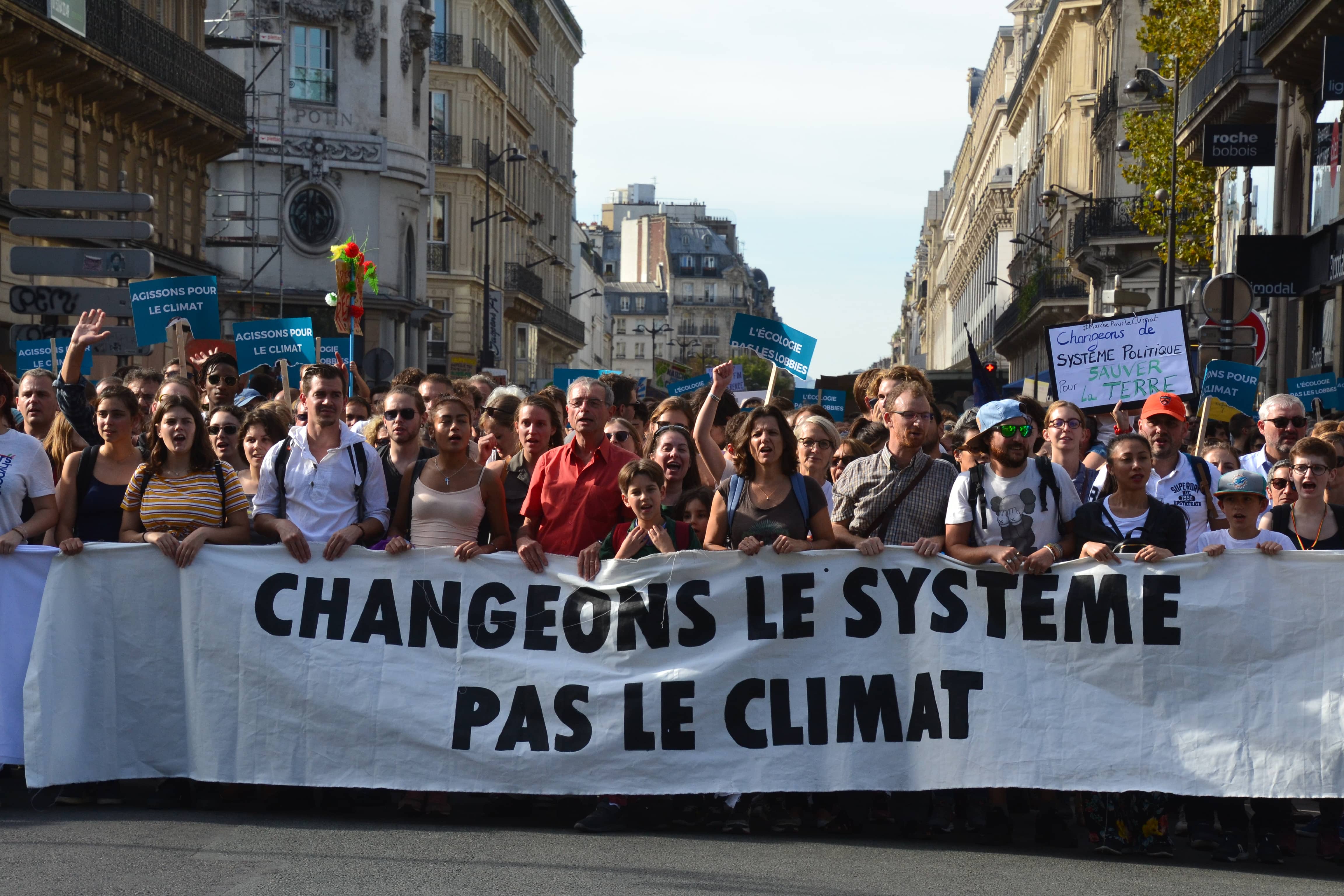

Paving the way for low-carbon mobility
Although there seems to be a consensus around the necessity to combat climate change, the debate seems largely focused on electricity production, and not focused enough on the decarbonization of the mobility sector, the only sector that witnessed a rise in its emissions levels between 1990 and 2014. However, reaching the goal of zero net carbon emissions by 2050 will not be possible without a revolution in how we think and organize transport. From the technical changes needed to reduce direct CO2 emissions to the regulatory changes required to favor certain modes depending on the territory or the necessity to fund decarbonized solutions, especially in areas where no alternative to cars exist… While the goal is clear, the path to take to reach it remains to be defined.
At an event organized by the lab recherche environnement for the publication of the Construction21 “Decarbonized Mobilities” dossier, we offered a range of solutions that will allow this radical transformation of mobility to take place. Disciplines as different as transport organization, economics, and land use planning will play an essential role in decarbonizing mobility, all this without underestimating the social challenge of getting this transition to be accepted by citizens, a prerequisite for its success.
Find this publication in the project:
These other publications may also be of interest to you:

Helsinki : Planning innovation and urban resilience

A warm tomorrow
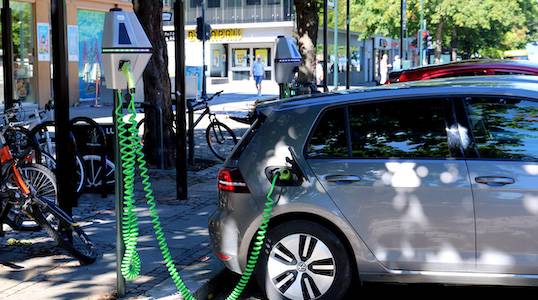
Funding mobility in a post-carbon world

Sending out an SOS

Behind the words: telecommuting

Behind the words: urban congestion
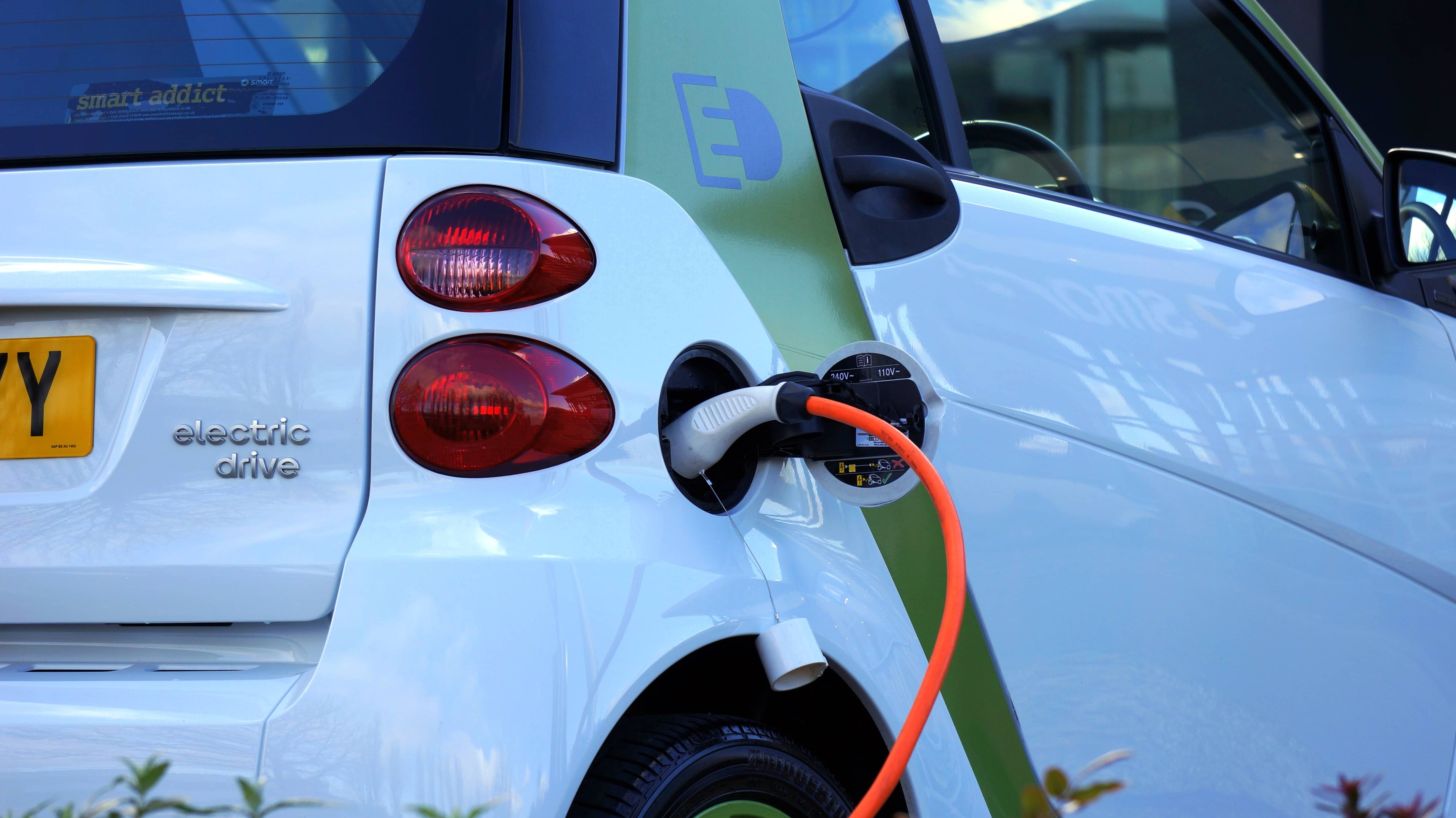
The political and technological challenges of future mobilities

Nature in the city

Inventing the future of urban highways
La Fabrique de la Cité
La Fabrique de la Cité is a think tank dedicated to urban foresight, created by the VINCI group, its sponsor, in 2010. La Fabrique de la Cité acts as a forum where urban stakeholders, whether French or international, collaborate to bring forth new ways of building and rebuilding cities.

















